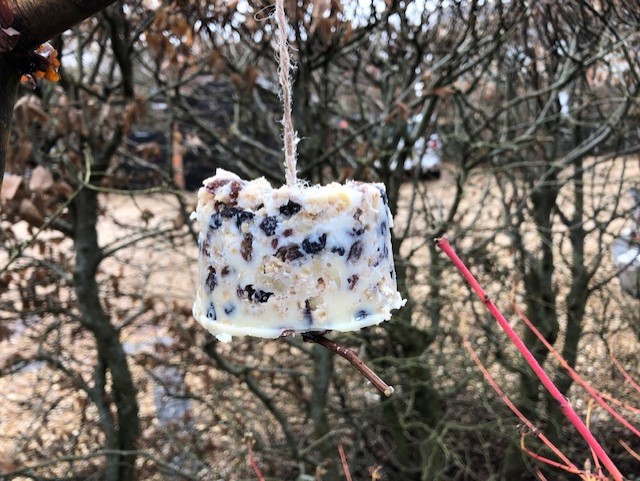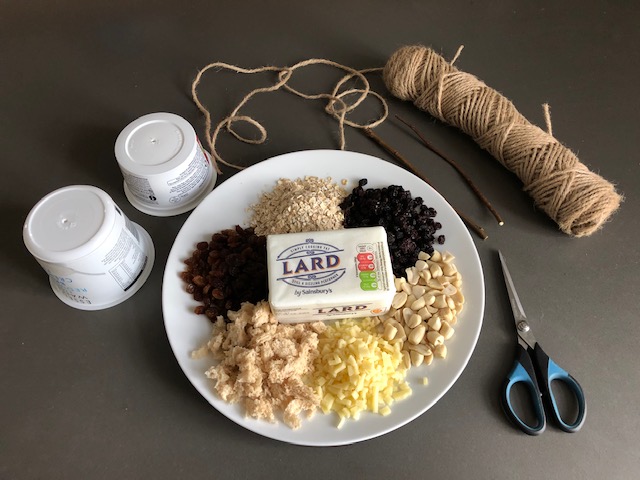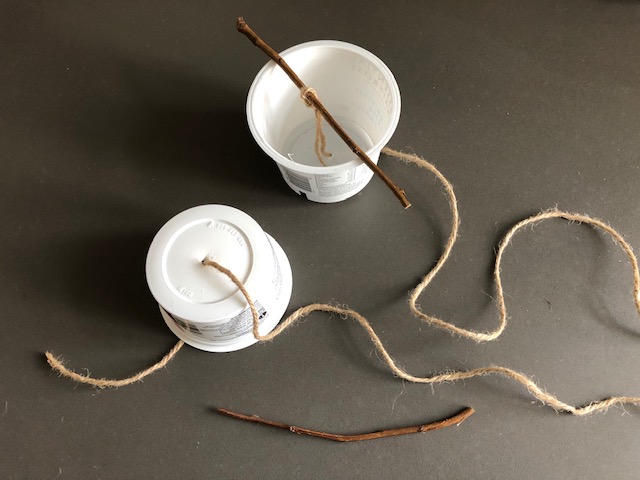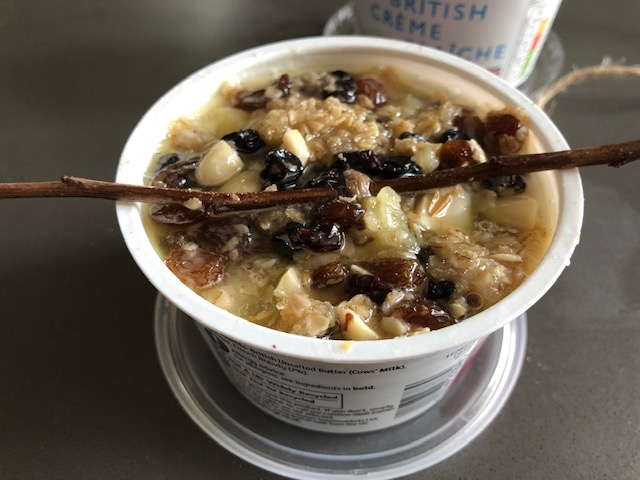A Helping Hand for Winter Wildlife in Your Garden
Keeping the kids interested in the garden over a long, cold winter can be challenging. But there is lots for them and you to do together, in particular looking after all the wildlife that visits the garden from birds to mammals to insects. Here are a few hands-on ideas for January that will keep everybody occupied.
1. Cooking up a Feast for the Birds

Attracting birds into your garden can be difficult if you do not have or are unable to grow the plants that they will naturally seek out in winter for food. To remedy this in the short term - perhaps whilst waiting for your bird friendly plants to establish - try this easy recipe for making fat cakes for the birds and hang them from trees or bird feeders
Dry Ingredients - a mix of the following:
Currants*
Sultanas*
Unsalted and unroasted small nuts such as peanuts** - can be crushed or grated
Grated hard cheese
Breadcrumbs
Porridge Oats
Fat Ingredients
Suet or lard but not turkey or chicken fat
Allow 1 part Fat Ingredients to 2 parts Dry Ingredients
* Please note that currants and sultanas are poisonous to dogs. DO NOT use them if a dog will have access to your garden at any time.
**Do not use any nuts if anyone in contact with the fat cakes has a nut allergy. Good quality bird seed from a good supplier can be substituted instead.
Equipment
Saucepan
Wooden Spoon
Yogurt, cream or similar brandy butter pots
String or garden twine plus twigs
Skewer
Scissors
Enthusiastic helpers

Method
In a big bowl mix together thoroughly all your dry ingredients with the wooden spoon. Add the suet or lard to a large saucepan and melt gently. Then add the dry ingredients mixture and stir well until all the melted fat has been absorbed and the resulting mix is nice and sticky. Put to one side to cool slightly.
Take your plastic pots and place them upside down on a worktop. Carefully make a hole in the top of each pot with a skewer and thread a piece of string through it. Create a loop at one end of the string and thread a twig through it so that it rests on the lip of the pot. This will keep the twine taut as the cake sets.


With the spoon carefully fill the pots with the warm fat cake mixture and press down so that it is well compacted. Then pop in the fridge overnight to set.
In the morning, use the scissors to cut through the outer pot carefully and peel it off. Hang the fat cakes off trees of a birdfeeder and keep an eye on them.
If you make more than you need in one go, just freeze the rest and defrost as needed. It is important to provide a regular supply during the winter so that birds do not waste energy looking for food.
Don't forget to replenish them regularly so that birds will continue to visit over the winter and keep the bird feeders clean.ean.
ALSO did you know :
You can leave faded sunflower heads out to feed finches, nuthatches and sparrows. They love to prise the seeds out.
Do not pick up all your over-ripe fallen apples as thrushes and blackbirds enjoy the fruit plus raisins as well.
2. Creating Homes for Wildlife
Take the kids for a walk around your garden, local park or open space to gather up twigs and light branches. Then take the twigs home and make piles of them interwoven with dry leaves and hollow plant stems in out of the way nooks and crannies in your garden. They make fantastic homes and habitats for insects.
Similarly after a storm get the kids to sweep your paths free of leaves, creating piles at the bottom of trees or at the base of a hedge to create extra shelter.
Be careful of disturbing any established piles of sticks or leaves as wildlife may be sheltering within them already.
Lots of wildlife need water too in winter so carefully place a shallow bowl of water at ground level to attract them but away from where cats may lurk.
It is important to keep feeders and bowls free of bacteria so get the kids to help you clean then at least once a month.
3. Record the wildlife visitors to your garden
Take part in the Big Garden Birdwatch from 29 - 31 January. You can download a chart of common garden birds to help you spot your feathered visitors, before during and after the survey. If they have them, the kids can use their mobile phones to take pictures of the visitors too.
